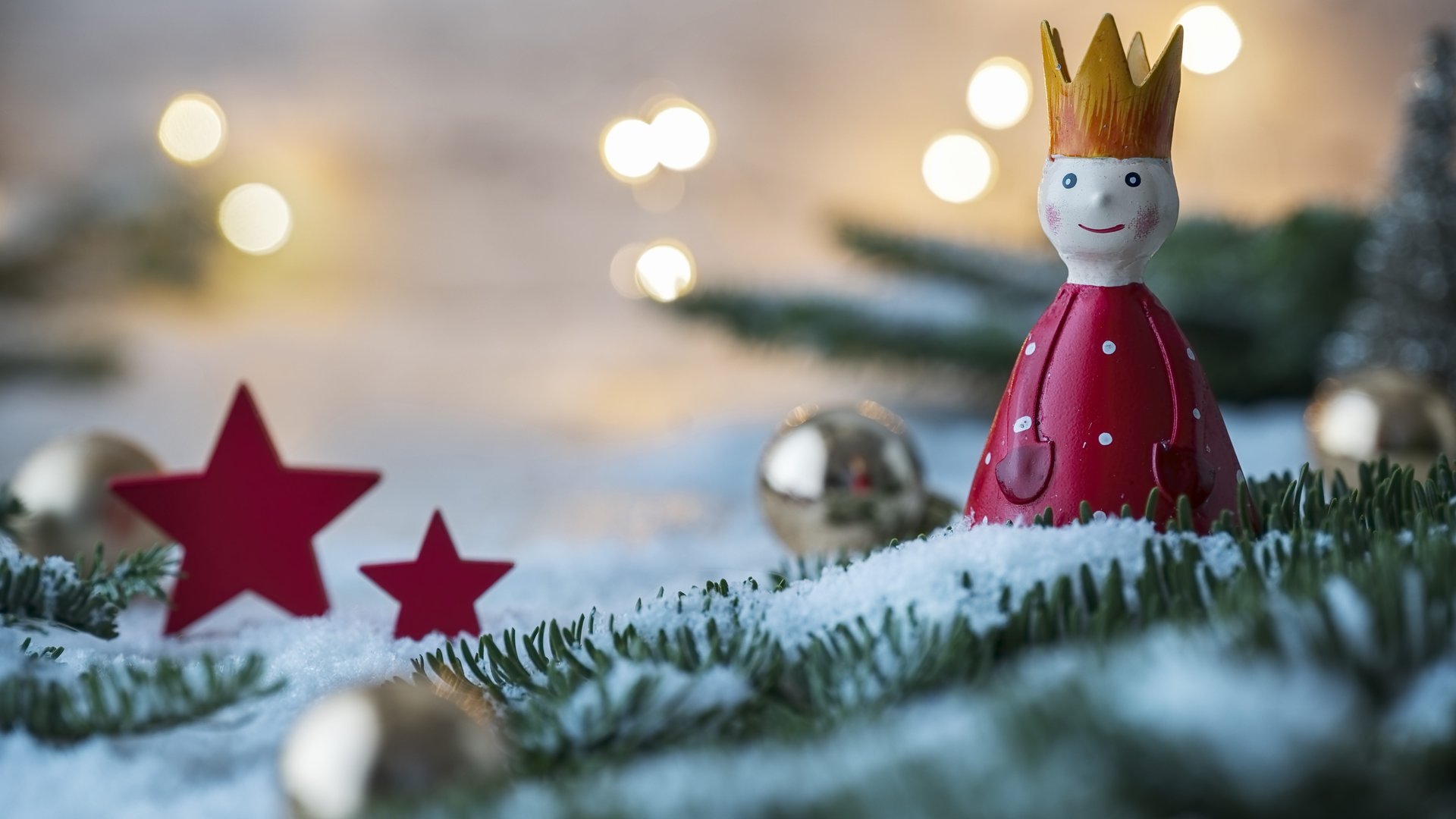Reinvention of Christmas decorations is a historical tradition
The idea of hanging up decorations in the middle of winter is older than Christmas itself. Decorations are mentioned in ancient descriptions of the Roman feast of Saturnalia, which is thought to have originated in the 5th century BC.


The idea of hanging up decorations in the middle of winter is older than Christmas itself. Decorations are mentioned in ancient descriptions of the Roman feast of Saturnalia, which is thought to have originated in the 5th century BC.
Some 900 years later, a Christian bishop in Turkey wrote disapprovingly about members of his congregation who were drinking, feasting, dancing, and “crowning their doors” with decorations in a pagan fashion at this time of year.
The 6th-century Pope Gregory the Great took a different line. The Venerable Bede, an English monk, records that English pagans had celebrated the start of their year at the winter solstice and called it “the night of the mothers.”
Gregory recommended that these celebrations should be reinvented rather than banned. So the construction of green boughs and natural adornments was instead focused on churches—using plants that have retained their festive significance to this day.
Nature, of course, has a role to play. In countries like the UK, midwinter greenery is limited. The leaves that are available—holly, ivy and mistletoe—became obvious choices for decorations. Mistletoe had long been revered by druids, while holly and ivy were celebrated in English songs at least from the 15th century.
King Henry VIII composed one which begins: “Green groweth the holly, So doth the ivy, Though winter blasts blow never so high, Green groweth the holly.” (I have modernized the spelling, but it was never very catchy.)
Greenery was cheap and perhaps for that reason is not mentioned in descriptions of domestic decorations from medieval Europe. Aristocratic households preferred to display their wealth by bringing out their best tapestries, jewels and gold platters.
Wax candles were another form of conspicuous consumption, as well as a nod to religious significance. But descriptions of Christmas festivities well into the 17th century focus on the decoration of the person rather than the house. Strange costumes, masks, role-reversing clothes and face-painting are all repeatedly mentioned.
Early emphasis on domestic decorations does appear in a Christmas song by the English poet and farmer Thomas Tusser, written in 1558. It opens: “Get ivy and hull [holly] woman, deck up thine house.” Clearly, the decoration of family homes was considered to be work for women—and this too has become a persistent tradition.
In the following century, Christmas celebrations became a matter of heated argument between reformers and traditionalists, with the reformers attacking what they saw as pagan revelries.
Creating modern traditions
It was the Industrial Revolution which came much closer to destroying Christmas than the puritans managed, by taking away traditional holidays in the late 18th and early 19th centuries. Social reformers responded by energetically reinventing traditions.
The emphasis remained heavily on female responsibility for decorations, however. The British magazine, The Lady, asserted in 1896 that any hostess whose decorations were “meager” was a disgrace to her family.
What then would be expected by this date? A middle-class woman might have been guided by the song which opens with the celebrated instruction to “Deck the hall[s] with boughs of holly,” published in 1862.
This song is itself a good example of the ongoing recreating of traditions throughout history. The new English lyrics were written to accompany a 16th-century Welsh melody, whose original words made no mention of holly or decorating. The 1862 lyrics were almost immediately updated to remove encouragement of heavy drinking.
Still relatively new in Britain and the US at this time, though rising in popularity, was the German custom of the decorated Christmas tree, which was first recorded in the Rhineland in the 16th century.
Its decorations were mainly candles and small presents, which were often homemade food and sweets. By 1896 the tree might be accompanied by a display of printed Christmas cards bearing images of holly, mistletoe, seasonal food and bells. Newer images included robins and, of course, Father Christmas. Another innovation was the arrival of electric lighting in the 1890s, which made possible the invention of fairy lights.
Arguably, the Industrial Revolution, having failed to destroy Christmas, eventually absorbed and expanded it. Affordable, mass-produced toys, gifts and decorations turned Christmas into the festival we know today and made decorations possible for almost all households, even in big cities where foliage was scarce.
One man who played a major part in creating and spreading affordable versions of decorations was the American entrepreneur and retail mogul, F W Woolworth. His decision to import large quantities of glass baubles and stars, originally produced by family workshops in Germany, did much to spread this new medium.
Alongside these came paper garlands and decorative Christmas stockings, as well as painted tin toys. Another idea which started in Germany was tinsel. This was originally fine, sparkling strips of silver, but was later mass produced—first in cheaper metals, and then plastic.
Today, of course, plastic is widely out of favor. As a result, perhaps we will see further reinvention of our Christmas decorations and traditions—which, from a historical perspective, is a tradition in itself.
This article is republished from The Conversation under a Creative Commons license. Read the original article.